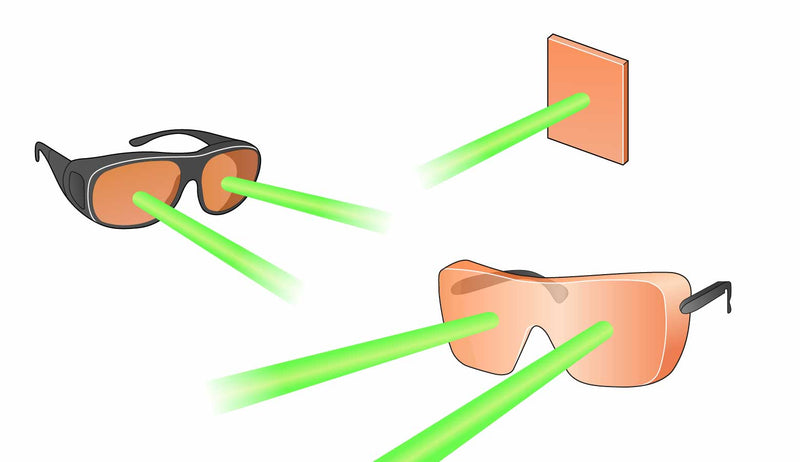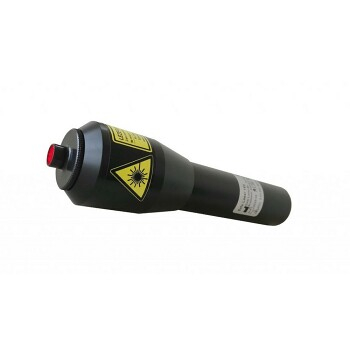Excellent Advice To Selecting A Safe Laser Treatment
Excellent Advice To Selecting A Safe Laser Treatment
Blog Article
What Can Safe Laser Low Level Laser Therapy (Lllt), Which Is A Low-Level, Safe Laser, Help Ulcerative Wounds?
Secure Laser Low Level Laser Therapy (LLLT) can be utilized to treat wounds that are ulcerative in a variety of ways. It stimulates fibroblast activity, collagen synthesis, as well as angiogenesis (formation of new blood vessels) which are vital processes for wound healing. This could speed up healing of wounds caused by ulcers.
Reduced inflammation- LLLT has anti-inflammatory properties through the reduction of proinflammatory Cytokines. LLLT is effective in wounds with ulcers, where inflammation can result in tissue damage and delay healing.
Pain Relief - LLLT reduces the pain by cutting down nerve conduction. It also helps to alleviate discomfort in ulcerative sores that can cause considerable pain.
Enhanced Circulation – LLLT enhances vasodilation, microcirculation and blood flow. The improved blood circulation supplies oxygen and nutrients to tissues, encouraging healing and facilitating the removal of the waste products and toxins that accumulate in the wound area.
Antimicrobial Effects - LLLT has been proven to have antimicrobial effects, which can help reduce the chance of infection in ulcerative wounds. By promoting bacterial clearing and preventing the spread of infection to the wound, LLLT can reduce the risk of infection and speeds up the healing process of wounds.
Reduced Scar Formation Reduced Scar Formation LLLT can help reduce scarring in ulcerative wounds by encouraging tissue regeneration and remodeling. By stimulating the production of collagen fibers and encouraging alignment of collagen packages, LLLT could help produce stronger scar tissue.
Overall, safe Laser low-level laser therapy offers an uninvasive and drug-free solution for treating ulcerative wounds that promote speedier healing, less suffering, and a better overall wound outcomes. Before using LLLT to treat skin ulcers be sure to speak with medical professionals regarding the best approach to care for your wounds and determine what treatments are available. Follow the most popular safe laser for blog recommendations including lágylézer bérlés, lágylézer készülékek, lágylézer készülék, laser lézer, lézeres fájdalomcsillapítás, lézer kezelés hatása, safe laser kezelés budapest, safe laser használata, lágy lézer, lágylézer ár and more.
How Does The Safe Laser Low-Level Therapy (Lllt) Help With Throat Problems?
Safe Laser low level laser therapy may help throat issues in a variety of ways. LLLT is beneficial in cases such as pharyngitis and tonsillitis which are both inflammations of the tonsils. The symptoms like discomfort, swelling and pain swallowing can be reduced.
Pain Relief The use of LLLT helps reduce discomfort and pain when you suffer from conditions such as throat irritation and sore throats.
Enhanced Tissue Healing LLLT increases cellular metabolism and proliferation which results in faster tissue repair and renewal. LLLT helps speed up the healing process of damaged tissue in conditions such a throat ulcers or injuries to the voice cord. This reduces the chance of problems and improves overall throat health.
Improved Blood Circulation – LLLT improves vasodilation, microcirculation and blood flow into throat tissues. A better blood flow can provide nutrients and oxygen to the inflamed or injured tissues, promoting healing and decreasing inflammation.
LLLT can help reduce swelling of the tissues of the throat through promoting drainage of fluids and lymphatic drainage. This is especially beneficial to patients suffering from laryngitis or post-operative swelling of the throat.
Treatment of vocal disorders - LLLT could help improve the quality of your voice and decrease any symptoms that are related to disorders of the voice including hoarseness. Through reducing inflammation and encouraging repair of tissue, LLLT helps restore vocal function.
It is safe Laser low level laser therapy can be a non-drug method that is safe and non-invasive to manage different throat ailments. It can provide relief from symptoms like discomfort, inflammation and difficulties swallowing. Prior to using LLLT, it is essential to consult a medical specialist about the appropriate diagnosis and treatment. Take a look at the best safe laser 500 ár for more advice including lágylézer kezelés árak, lágylézer kezelés budapest, safe laser készülék, lézer kezelés hatása, lágylézeres készülék, lágylézer árak, mozgásszervi problémák, lezeres kezeles, otthoni lézer kezelés, lézeres fájdalomcsillapítás and more. 
What Is The Average Time A Safe Laser Take To Treat A Wound?
Safe Laser low level laser therapy can be effective for healing wounds, but the results will vary depending on the severity and type of wound, as well as the response of the patient to the treatment. Generally, a series of LLLT over a specific period is suggested for the best healing of wounds.
Severity and Type- The severity and type of the injury will affect the number LLLT sessions required. Less severe, smaller wounds may require less sessions as compared to larger or more severe wounds. Additionally, chronic injuries or those with underlying health issues may require additional sessions in order to ensure optimal wound healing.
The wound healing phase can also influence the number LLLT sessions necessary. Different phases of healing, including proliferation and inflammation or remodeling, might require a different approach to treatment. LLLT encourages healing and tissue regeneration in various stages of wound recovery.
Individual Response to Therapy The overall health of a person, their immune system, and capacity to heal can all influence their reaction to LLLT. Some people respond faster to treatment, which results in faster wound healing. Some may require longer treatments.
Treatment plan- The treatment plan recommended by a doctor will have a significant effect on the frequency and quantity of LLLT treatments for wound healing. Healthcare professionals may tailor the treatment plan according to individual needs. This could include scheduling LLLT sessions over several weeks or over a lengthy duration.
Some people may see improvements in their wounds after a few LLLT treatments, whereas others might require more intensive treatment to get optimal results. If you'd like to benefit from the full potential of LLLT to heal wounds, then it's vital that you follow the treatment prescribed by a professional. It's also important to communicate with a healthcare professional as well as observe the progress of the wound to ensure that the treatment plan is implemented.